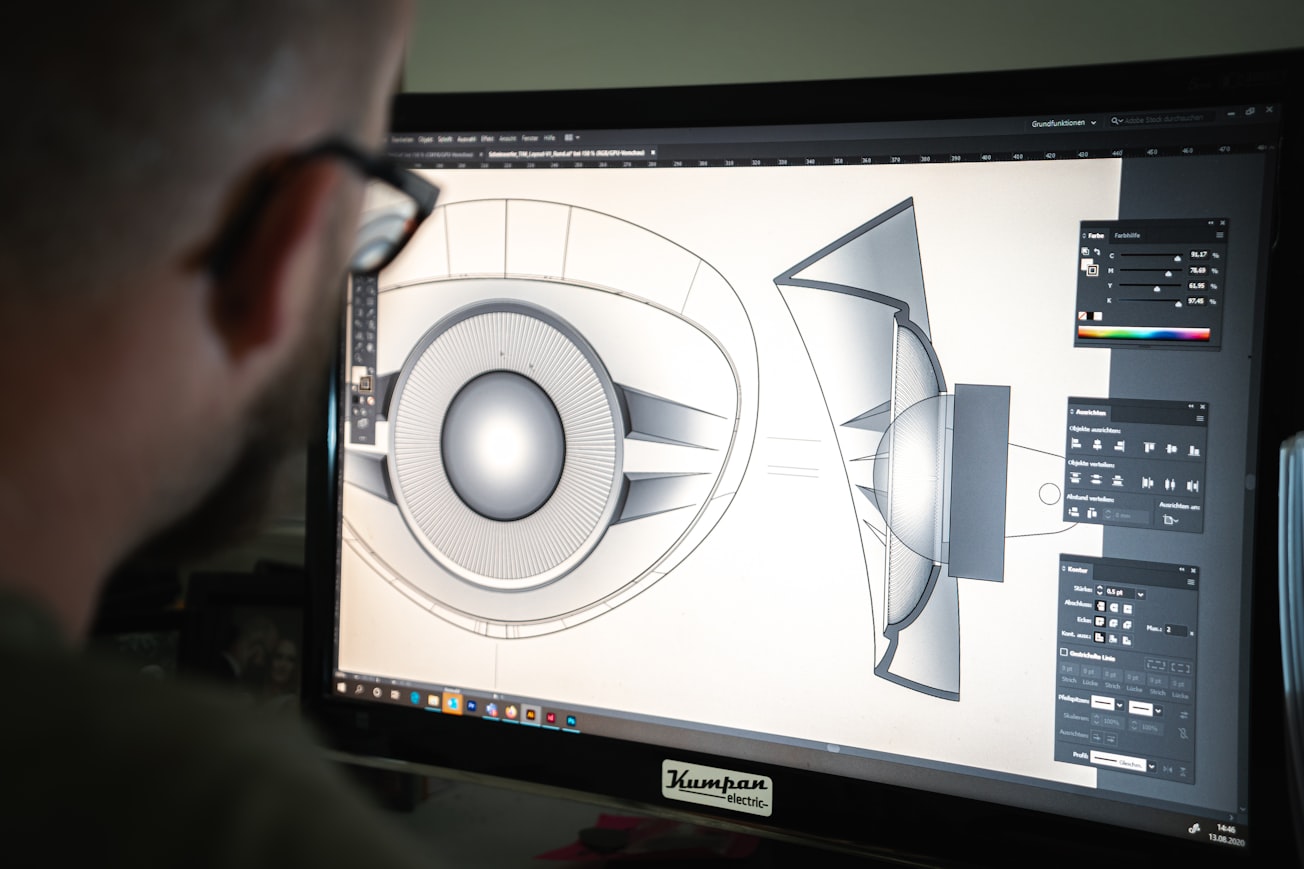What is it about?
The use of cooling lubricants in metal machining increases both the tool life and the quality of workpieces and improves the overall sustainability of production systems. In addition to fulfilling these main functions, the focus of machining processes is also related to the reduction of environmental pollution. This can for example be achieved by an optimized arrangement of the cutting tool cooling channels. Therefore, the active cutting edges of the tool should be effectively supplied with a sufficient amount of cooling lubricant. An analysis of the tribological stress is rather difficult because the complex contact zone is inaccessible. Hence, optical investigations are often limited to only observing the chip formation or analyzing the process without considering the influence of the chips. This article presents an innovative method, which enables a deeper three-dimensional insight into the chip formation zone during drilling with internal cooling channels, considering the cooling lubricant distribution and chip formation. The chip formation simulation based on the finite element method and the computational fluid dynamics flow simulation are combined. In this way, the differences between the different geometric models that do not allow any joint generation of numerical information due to missing interfaces are overcome.
Featured Image

Photo by Kumpan Electric on Unsplash
Why is it important?
In this paper, the combination of FEM-chip formation and CFD simulation was con-ducted to analyse the flow behaviour of the coolant during a drilling process by taking the chip formation into account. Under realistic conditions it is demonstrated, that the coolant does not reach the main cutting edges and thus the desired cooling effect is not achieved, since there is almost no coolant flow in these zones. Furthermore, a significantly higher turbu-lent flow could be observed in the region below the chip and in the return channel of the flute, contrary to assumptions of previous studies.
Perspectives
The results represent a first step toward the extension of previous discoveries in the chip formation zone. Since they are currently still limited to an area at a given moment, there is still need for further research. For future studies, the small gap developed in the reverse engineering between the drill ground, chip and cutting edge should additionally be considered in greater detail. The coolant should be specifically directed toward the contact zone to observe, whether the cooling lubricant distribution reaches the desired contact zone considering the chip formation.
Dr. Ekrem Oezkaya
Turk-Alman Universitesi
Read the Original
This page is a summary of: A new reverse engineering method to combine FEM and CFD simulation three-dimensional insight into the chipping zone during the drilling of Inconel 718 with internal cooling, Machining Science and Technology, March 2018, Taylor & Francis,
DOI: 10.1080/10910344.2017.1415933.
You can read the full text:
Resources
Contributors
The following have contributed to this page







